Written By: Chevron
Getting ready to join a swim team? Chances are you’ll probably have to try out first. Nearly every swimmer from novice up to the Olympic level had to complete tryouts at one point in their life. What’s expected at swim team tryouts varies by the team. However, here are a few things that you can expect to encounter at your next swim team tryout.
More Content for You: What is a Swim Team?
Disclosure: This post may contain affiliate links, meaning I earn a small commission at no cost to you if you purchase something through one of my links. As an Amazon Associate, I earn from qualifying purchases. Please check out my disclosure page for more information.
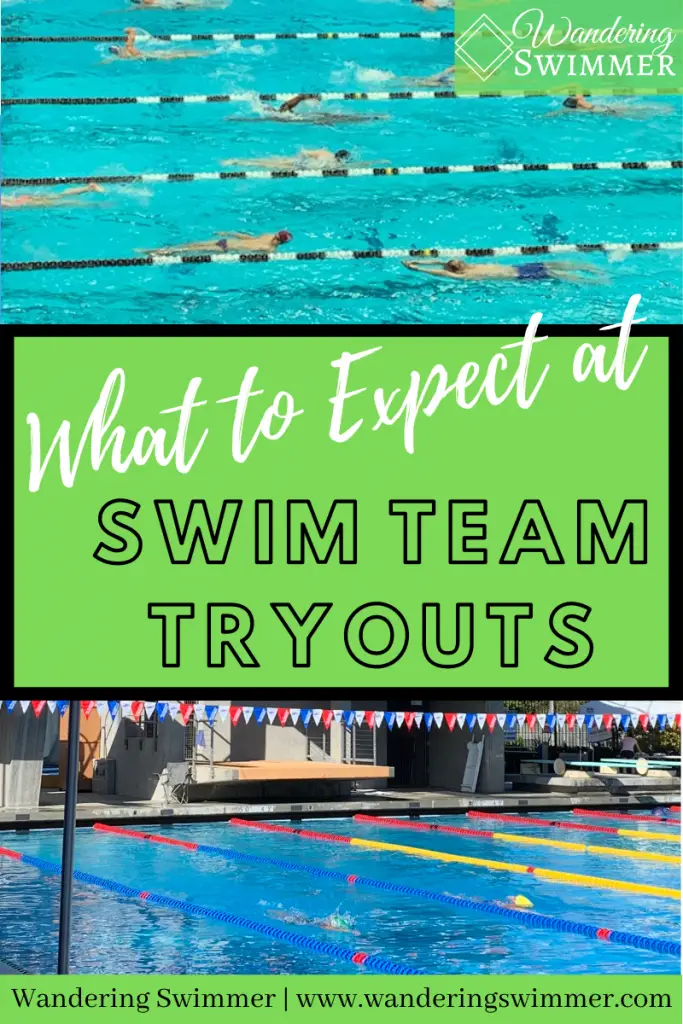
In a Nutshell
In a brief nutshell, most swim team tryouts run much like a swim practice and can last as short as fifteen minutes or run for about an hour. Coaches will test each swimmer’s ability in the water by either having them complete a series of small timed sets or have the swimmer complete each stroke.
Related article: 10 Tips to Prepare for Swim Team Tryouts
As a disclaimer, this varies by each swim team and coach. I highly encourage aspiring swimmers to ask their coach what exactly they can expect at swim team tryouts if they want to best prepare.
What To Expect at Swim Team Tryouts
Questions
Expect the coach to ask you some questions about your swimming experience. This helps the coach get a better understanding of what they might expect once you get in the water. And the coach knows what they can ask of you during the tryout.
You can expect questions such as:
- How long have you been swimming?
- Have you been on a team before?
- Do you know how to swim?
- What strokes do you know?
Answer the questions as honestly as you can. This is for your safety and helps the coach get a basic understanding of what you can do.
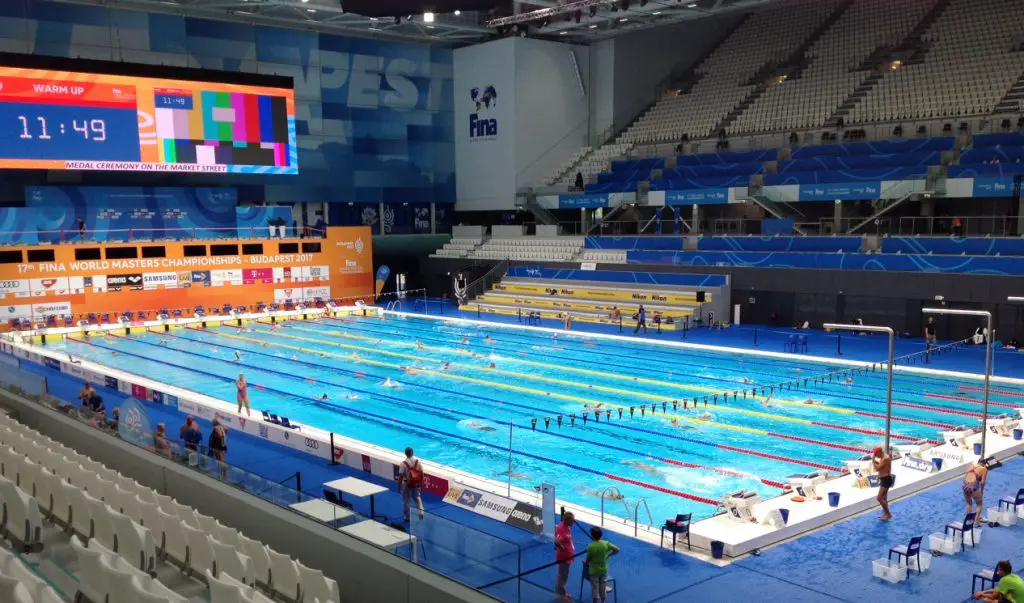
Complete a Workout or Set Criteria
Some teams already have a workout with a series of sets that they expect swimmers to criteria for what they expect swimmers to do at tryouts. This could be seeing if can complete 10x100s on two-minute intervals Followed by 4×200 IMs.
Alternatively, some teams may have set criteria in, such as time standards or being able to swim a certain stroke in a set time. These may be in addition to completing a workout.
These workouts and set criteria might be the deciding factor in making the junior varsity team vs the varsity team. Because of this, we highly encourage swimmers to know these predetermined factors before looking to join a new team. Doing so gives you time to prepare and train for tryouts. And also helps you understand what you can expect at tryouts.
Endurance
How much can you swim? Coaches need to have a rough estimate of your swimming endurance. If the team has you complete a workout, your endurance will be evaluated in how well you can keep up in the various sets along with the time that you can hold.
Swim what you can. Don’t push yourself to complete another lap if you truly can’t. This will only increase the risk of you getting hurt.
Strokes
The coach will also want to see your ability to swim each of the four strokes (butterfly, backstroke, breaststroke, and freestyle). They may ask you to swim a set length, such as down to other end and back. Or they may have swim an actual set to test not just your ability on the stroke but your endurance.
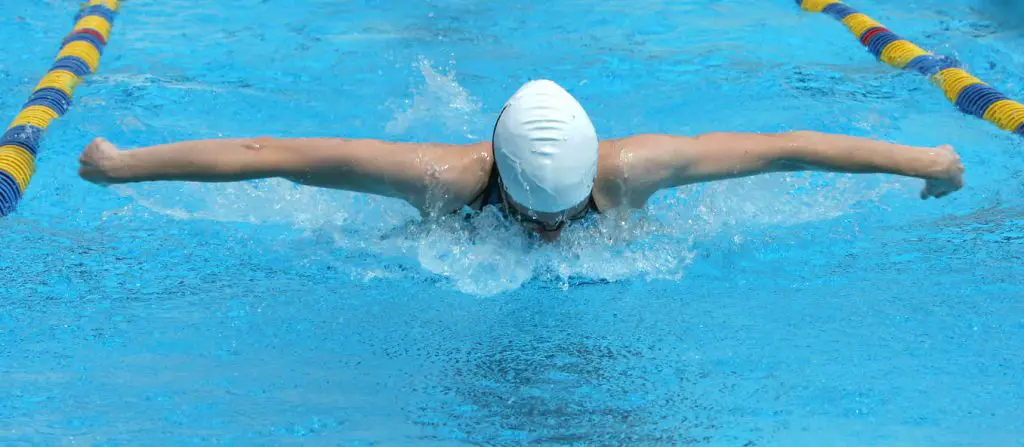
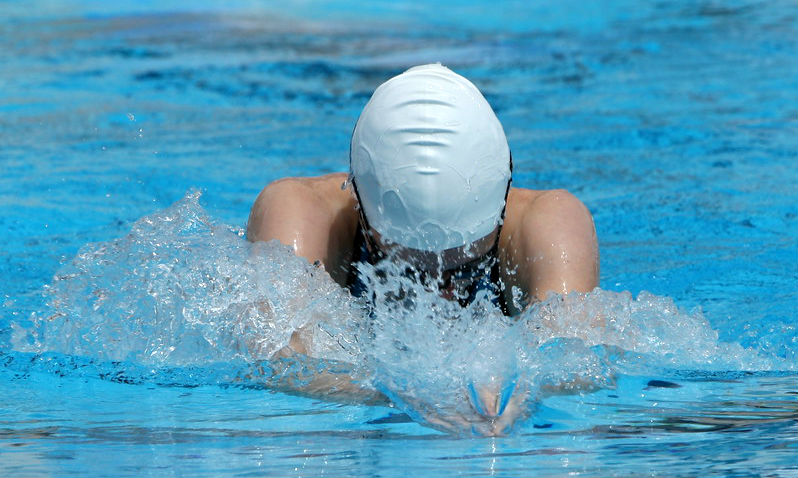
You’ll want to complete each stroke as best you can. Remember that the coach isn’t looking for absolute perfection. You’ll learn proper stroke technique later. Seeing where you’re at with each stroke helps set a guideline for where you’re currently at.
Turns
In addition to watching the various swim strokes, the coach will want to see if you know how to do any turns whenever you reach the wall. In swimming, you need to be able to do two different turns: a flip turn and an open hand turn.
Related article: 30 Words to Get You by at Swim Practice
At a minimum, I would suggest knowing how to do a proper open hand turn, which is the easiest for most swimmers. If you’ve never had training/coaching on how to turn, you’ll want to approach the open hand turn with two hands, grab the wall, and spin around.
Starts
Some coaches may ask to see your start and while others might not. Again, this varies by team and can also vary by your swimming ability. If you’re asked to do a start and don’t feel comfortable doing so, you should let the coach know. They may suggest doing a start from the side of the pool instead, which is safer for you.
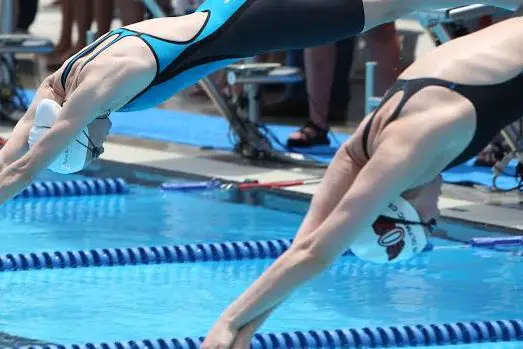
Expect Potential Disappointment
While it’s unfortunate to say, it’s worth mentioning you should go into tryouts with the understanding that you might not make the team or level you were hoping for. Don’t expect to be handed a spot. It’s disappointing for sure, but don’t take this as a sign that you should give up entirely. Ask the coach for feedback on what you need to work on and listen to them. The coach knows what they’re looking for on their team.
- Should I Join My High School Swim Team?
- How Do You Prepare for a High School Swim Team?
- How to Calm Down Before Swim Tryouts
Bonus Content:
What to Look for in a Swim Team: How do you find the best swim team? When it comes time to look for a swim team, choosing the right swim depends mainly on: what do you want?
10 Reasons to Start Competitive Swimming: Swimming provides more than just health benefits and lifesaving skills. Here are 10 benefits to swimming and why you should start competitive swimming.
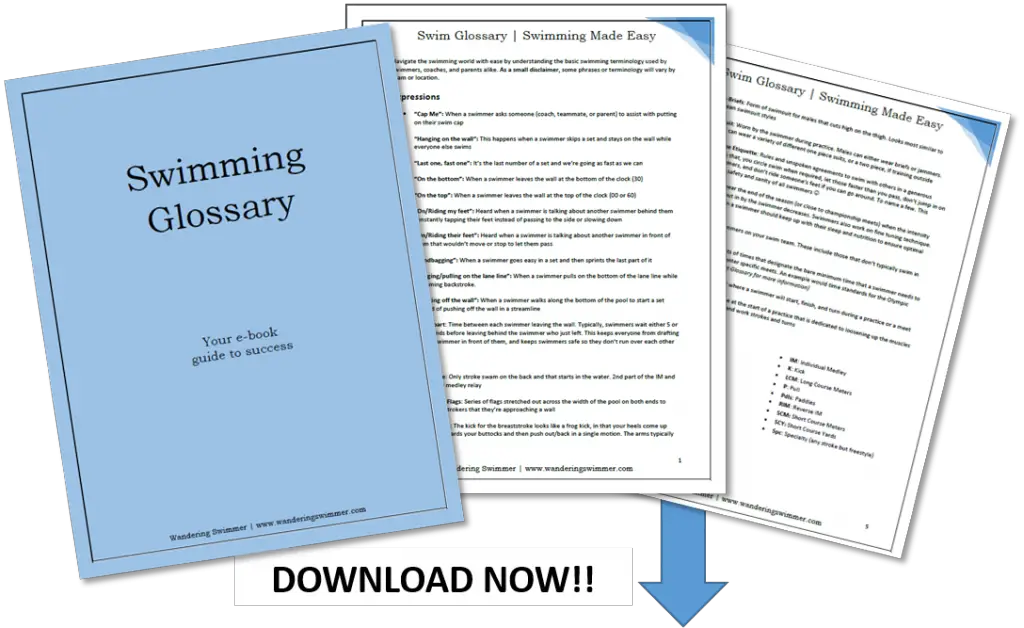
Want to Improve at the Pool?
Join swimmers and swim parents to receive my free newsletter and receive a free Swimming Glossary e-book as a thanks!
Every month you’ll receive tips and coaching to help you find success at the pool.
About
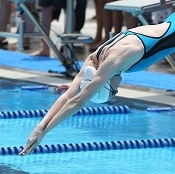
Chevron is a current competitive swimmer with almost 20 years of experience at the local, national and international level. A current USA Swimming and US Masters Swimming athlete, she’s committed to providing guidance to all levels of swimmers and believes that everyone should know how to swim.
good